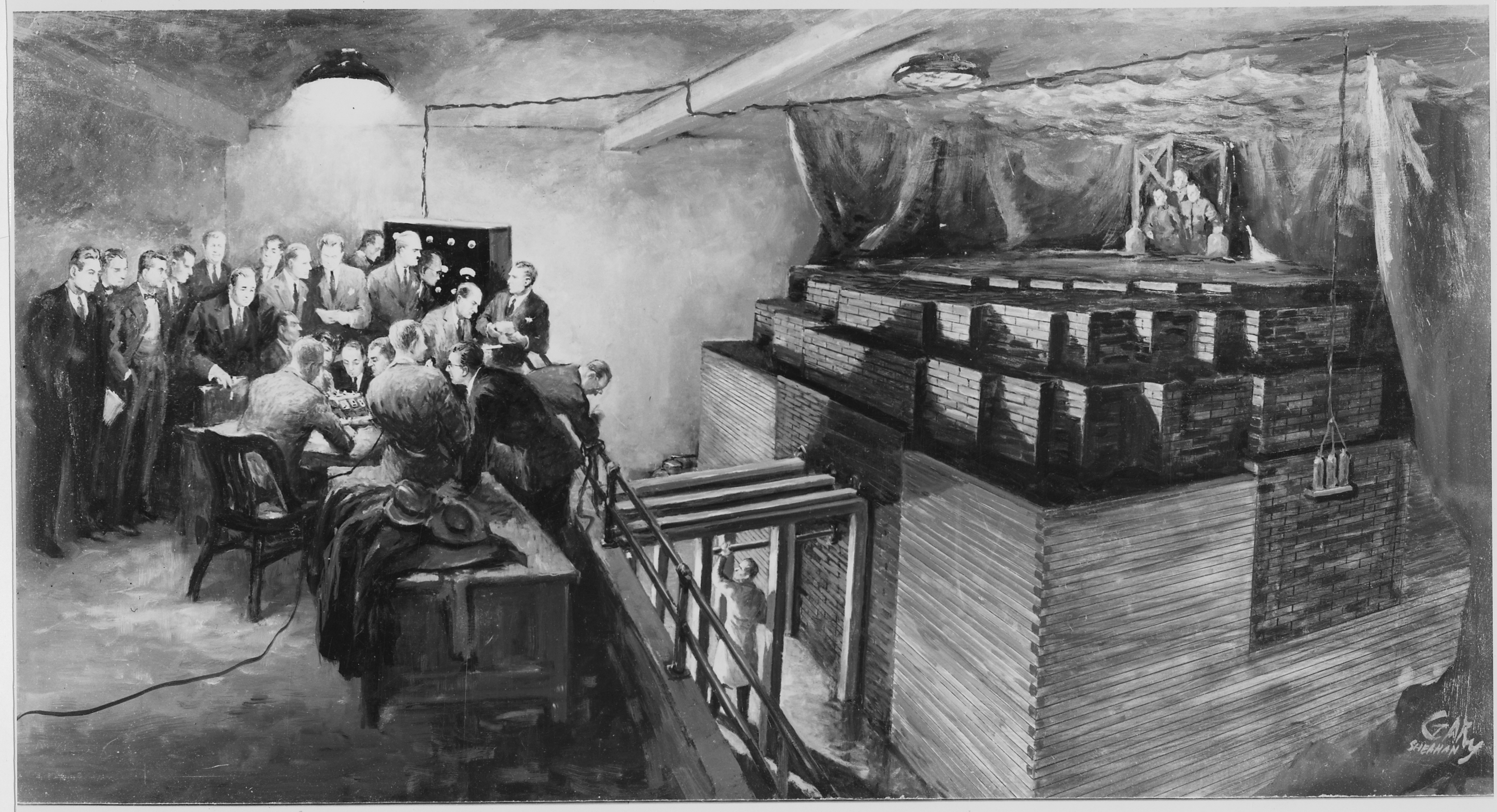By Katja Grace, 11 January 2015
Nuclear weapons were radically more powerful per pound than any previous bomb. Their appearance was a massive discontinuity in the long-run path of explosive progress, that we have lately discussed.
But why do we measure energy per mass in particular? Energy per dollar may be a better measure of ‘progress’, if the goal was to explode things cheaply, rather than lightly. So we looked into this too. The first thing we found was that information about the costs of pre-WWII explosives is surprisingly sparse. However from what we can gather, nuclear weapons did not immediately improve the cost-effectiveness of explosives much at all.
The marginal cost of an early 200kt nuclear weapon was about $25M, which is quite similar to the $21M price of the equivalent amount of TNT. Early nuclear explosives did not deliver radically more bang-for-the-buck than their conventional counterparts (even setting aside the considerable upfront development costs); their immediate significance was their greater energy density.
This is not a precise comparison. For one thing, conventional bombs have costs beyond the explosive material, which were not included in the figures here. For another, conventional bombs contain explosives other than TNT (alternatives gave somewhat more explosive power per dollar). Nonetheless, the ballpark costs of the two explosives seem comparable.
This is interesting for a few reasons.
Continuity from continuously falling costs
It tells us something about why and when technological progress is continuous. One possible explanation for continuous progress is that people do things when they first become reasonably cost-effective, at which point they are unlikely to be radically cost-effective. Imagine there are a range of possible projects, with different costs and payoffs. Every year, they all get a little cheaper. If a project is a great deal this year, then it would have been done last year, when it was already a good deal. So all of the available deals would be about as good as each other. On this model, new technologies might be suddenly very good, but only if the advance was also very expensive. Nothing would be suddenly very cost-effective.
On their face, nuclear weapons appear to support this theory. They made abrupt progress, but were incredibly expensive to develop and build. But this story doesn’t stand up to closer inspection. A few years before they were deployed, not even physicists generally thought them possible; no one considered and then rejected an investment in nuclear weapons. As soon as the possibility was seriously considered, it was considered to merit a significant fraction of GDP.
Continuity from incremental improvements
It’s also plausible that progress is continuous on metrics that people care most about, because if they care they search hard for improvements, and there are in fact plenty of small improvements to find. Cost-effectiveness of explosives is a thing we care about, whereas we care less (though still quite a bit) about explosive power per weight. The nuclear case provides some support for this explanation.
Continuity in something
There are many ways to measure progress. Finding measures that don’t change abruptly can help avoid surprises, by allowing us to forecast the trends that are most likely to advance predictably. The nuclear example may help shed light on what kinds of measures tend to be continuous.
~
There are even more relevant metrics than this literal meaning of “bang for the buck.” Destruction per dollar might be closer, but harder to measure; the effect on P(winning the war) would be closer still, and the effect on national interests more broadly would be even better. It was hard enough to find cost-effectiveness of in terms of energy, so we won’t be investigating these any time soon.
In general, I would guess that progress becomes more continuous as we move closer to measures that people really care about. The reverse may be true, however, for nuclear weapons: the costs of deploying weapons might see more abrupt progress than the narrower measure we have considered. A nuclear weapon requires one plane, whereas a rain of small bombs requires many, and these planes and crews appear to be much more expensive than the bombs.
This is a small part of an ongoing investigation into discontinuous technological change. More blog posts are here and here. The most relevant pages about this so far are Cases of Discontinuous Technological Progress and Discontinuity from Nuclear Weapons.
(Image: EOD teams detonate expired ordnance in the Kuwaiti desert on July 12, 2002.)



Why is energy per mass used as a standard measure, and how does it contribute to assessing progress, particularly in the context of exploding things efficiently? In exploring the concept of measuring energy per dollar as an alternative indicator of progress, what information was uncovered regarding the cost-effectiveness of explosives before World War II? And, based on available data, did the advent of nuclear weapons significantly enhance the cost-effectiveness of explosives in the immediate aftermath of their development?
Visit us telkom university
thank you!
Universitas Telkom
Forgive me if I’m misunderstanding the purpose of this analysis, but it seems like the underlying goal here is to identify metrics that we can use to put technical discoveries on some continuous scale. I feel like taking this approach too seriously can round off significant pieces of what makes warfare challenging. Dropping an equivalent amount of TNT requires drastically more logistical effort and political will, and these things can’t be trivially exchanged for money at the scales we see in modern war. “We can press this button an explode a city” is an ability that you can’t trade off for $25M trivially, it introduces strategic and tactical scenarios that shift the balance of power. Maybe the metric you’re looking for is something like “strategic significance” in terms of how marginally impactful possessing it against an adversary who doesn’t is. That being said, I’m not sure what insights can be drawn from this.
What limitations or uncertainties are mentioned regarding the assessment of nuclear weapons’ cost-effectiveness? Universitas Telkom